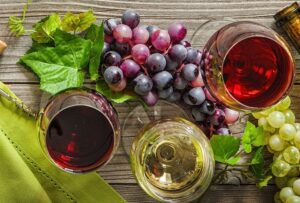
During the war, about 70 new wineries appeared in Ukraine, which was made possible by significant improvements in legislation, according to Volodymyr Pechko, head of the Association of Gardeners, Winegrowers, and Winemakers of Ukraine.
“Over the past 4.5 years, thanks to improvements in legislation and climate change, we have seen a 70% increase in the number of wineries… The approximate figure is around 70 new enterprises. They have come out of the shadows, started paying taxes, and officially hired people. Small châteaux have begun to develop in Ukraine. There have never been small wine-producing enterprises in Ukraine, either during the Soviet era or since the country became independent,” he said at the Agro2Food exhibition.
The head of the industry association recalled that previously, in order to obtain a license to produce wine, it was necessary to pay about UAH 500,000. After the transition to a simplified registration procedure for wine-producing enterprises, this procedure became more affordable, and anyone who wishes to do so can obtain a license in two weeks.
After the boom in the creation of small domestic châteaux began, according to the expert, winemakers began to lack raw materials and, accordingly, vineyards.
According to Pechko’s estimates, there are currently about 20,000 hectares of vineyards in Ukraine, of which 5,000 hectares were planted during the war. These statistics do not take into account the occupied territories in Crimea, Kherson, and Mykolaiv regions.
The head of the association said that global warming has given Ukrainian winegrowers the opportunity to plant vineyards in regions that are not typical for viticulture. As an example, he cited the Kyiv region, where about 10 licensed wine-producing enterprises operate. They grow their own raw materials in the Kyiv region and purchase the necessary volumes in the Odesa and Mykolaiv regions.
Domestic winemakers, he noted, are forced to actively import foreign alcohol, mainly from Moldova and Georgia, where viticulture is more developed.
Pechko also said that the creation of an isotope analysis laboratory in the Odesa region had a positive impact on the industry. It allows enterprises to check the wine material from which factories produce higher quality products.
“Thanks to the revitalization of processing enterprises, grape growing has become profitable. While in 2023 the cost of 1 kg of grapes for processing was 5-8 UAH, in 2024-2025 it reached 18-25 UAH, which stimulated the planting of vineyards,” the expert noted, adding that Ukrainian wine exports are still low.
“It is too early to say that we are great exporters and ready to conquer Europe. We need to do this, but we need to protect our own market more. We need to make high-quality products and compete with them in Ukraine,” concluded the head of the Association of Gardeners, Winegrowers, and Winemakers of Ukraine.
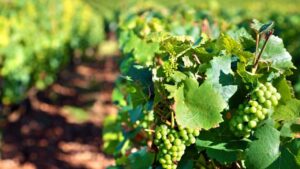
From October 28 to November 17, 2025, grape growers and winemakers in the Odessa region can apply for grants from the Food and Agriculture Organization of the United Nations (FAO) in cooperation with the Ministry of Economy, Environment and Agriculture of Ukraine, with financial support from the Italian government.
According to information on the Ministry of Economy website, winegrowers and winemakers registered in the State Agrarian Register (SAR) who cultivate between 0.5 and 20 hectares of vineyards in the Odessa region are eligible to participate in the program.
Selected participants will be able to receive grant support ranging from $10,000 to $25,000. The amount will depend on production volumes and justified needs.
The new FAO program aims to develop Ukraine’s wine sector by expanding access to modern equipment, quality planting material, and technical support, as well as introducing market-oriented approaches that will ensure the sustainable development of small producers.
According to Shakhnoza Muminova, head of the FAO Office in Ukraine, quoted in the ministry’s publication, the initiative is a step in the long-term cooperation with the Ukrainian government to strengthen the rural economy and restore value chains in the agri-food sector.
The program also provides for technical support, training, and consulting, as well as assistance in implementing a system of protected geographical indications to increase the competitiveness of Ukrainian wines in domestic and foreign markets.

Wine consumption in the world in 2024 decreased by 12% compared to the peak level of 2007, according to a report by Knight Frank.
At the same time, “some of the world’s key wine regions were not affected by this decline.”
The vineyards of New Zealand suffered the most. For example, in the Marlborough region, their value fell by 33% last year from a historic high in 2023, said Kurt Lindsay of Bayleys, Knight Frank’s partner company in the local market.
The value of vineyards in the Los Carneros region in California’s Napa Valley fell by 15% in 2024 compared to the previous year, in Australia’s Barossa Valley and France’s Côte du Rhône region – by 10%.
Wine production has decreased by about 20% over the past 20 years, according to Knight Frank. At the same time, many winemakers still have excess stocks, the Financial Times reports.
According to Lindsay, excess stocks in Marlborough, New Zealand, have led to a decrease in the cost of bulk wine (shipped in large containers and bottled at the destination) from 7 New Zealand dollars ($3.9) to 3 dollars per liter.
In Chile, the price of Pais grapes for balloon wine fell to $0.09 per kg last year, which is about half the cost, says Miguel Torres chief winemaker Eduardo Jordan.
At the same time, premium grape-growing areas, including French Champagne, have retained their value, the FT writes.
In the British Essex, the value of vineyards jumped by 20% in 2024, according to Knight Frank.
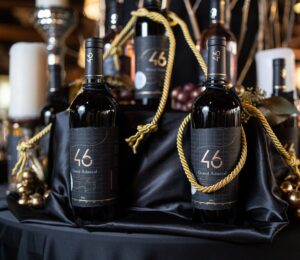
Anna Gorkun, the founder of the premium Ukrainian wine brand 46 Parallel, has signed the first M&A agreement in the Ukrainian wine industry in the last 15 years and attracted an investor – the international group of companies Vinos de La Luz, which is known for its wineries in the USA, Argentina, Spain and Italy.
“A little less than a month ago we signed an agreement under which all 100% passed to the new owners – Vinos de La Luz, a group of companies that owns production facilities in the USA, Argentina, Spain and Italy. This is a significant event not only for the company itself, but also for the Ukrainian economy as a whole. The very fact that during the war a foreign investor acquires Ukrainian business and intends to develop it exactly in Ukraine, with a Ukrainian team and supporting the philosophy of the brand to remain Proudly Ukrainian is a victory and a huge achievement,” Gorkun wrote on Facebook.
She noted that thanks to the agreement, the trademarks of 46 Parallel Wine Group (in particular, Grand Admiral, El Capitan and Apostrophe) are now part of the global portfolio of Vinos de La Luz, which has more than 100 years of history of wine production.
46 Parallel Wine Group is incorporated in 2019 in Kiev. Under Gorkun’s leadership, the company’s wines have won more than 115 medals at reputable international and national competitions. The company also represents Ukraine on the world stage, in particular at the Wine Museum in Bordeaux (France). At the time of signing the agreement, the company’s products were represented on the markets of Ukraine and Japan.
According to Opendatabot, the company’s revenue in 2023 amounted to UAH 5.473 million, which is 1.8 times less than in 2022 and 3.4 times less than pre-war 2021. Net loss in 2023 amounted to UAH 698.3 thousand compared to UAH 2.64 million net profit in 2022. The company’s assets in 2023 decreased by 23.3% to UAH 9.464 mln, and debt obligations by 33.3% to UAH 4.35 mln. The authorized capital is UAH 845 thousand.
The beneficiary of the company since December 2014 is Natalia Burlachenko through Big Wines LLC, which owns 100% of shares of Parallel Wine Group LLC 46.
Vinos de La Luz is an international group of companies with its own wineries in the United States, Argentina, Spain and Italy, with more than a century of experience in winemaking. The group actively develops wine brands of different origins and is present in numerous global markets.
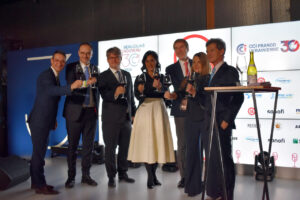
The Franco-Ukrainian Chamber of Commerce and Industry (CCIFU) gathered CCIFU members, diplomats, friends and partners in Kyiv at the Parkovy Exhibition and Convention Center for its traditional annual Beaujolais Nouveau charity event. For the second year in a row, CCIFU will support the UNBROKEN Ukraine Foundation and its project “Prostheses for the unbroken”.
This year, the Franco-Ukrainian Chamber of Commerce and Industry also celebrates an important anniversary – 30 years of activity in Ukraine!
The event was held under the high patronage and with the participation of the Ambassador Extraordinary and Plenipotentiary of France to Ukraine, Mr. Gael Vessier, and gathered about a thousand guests.
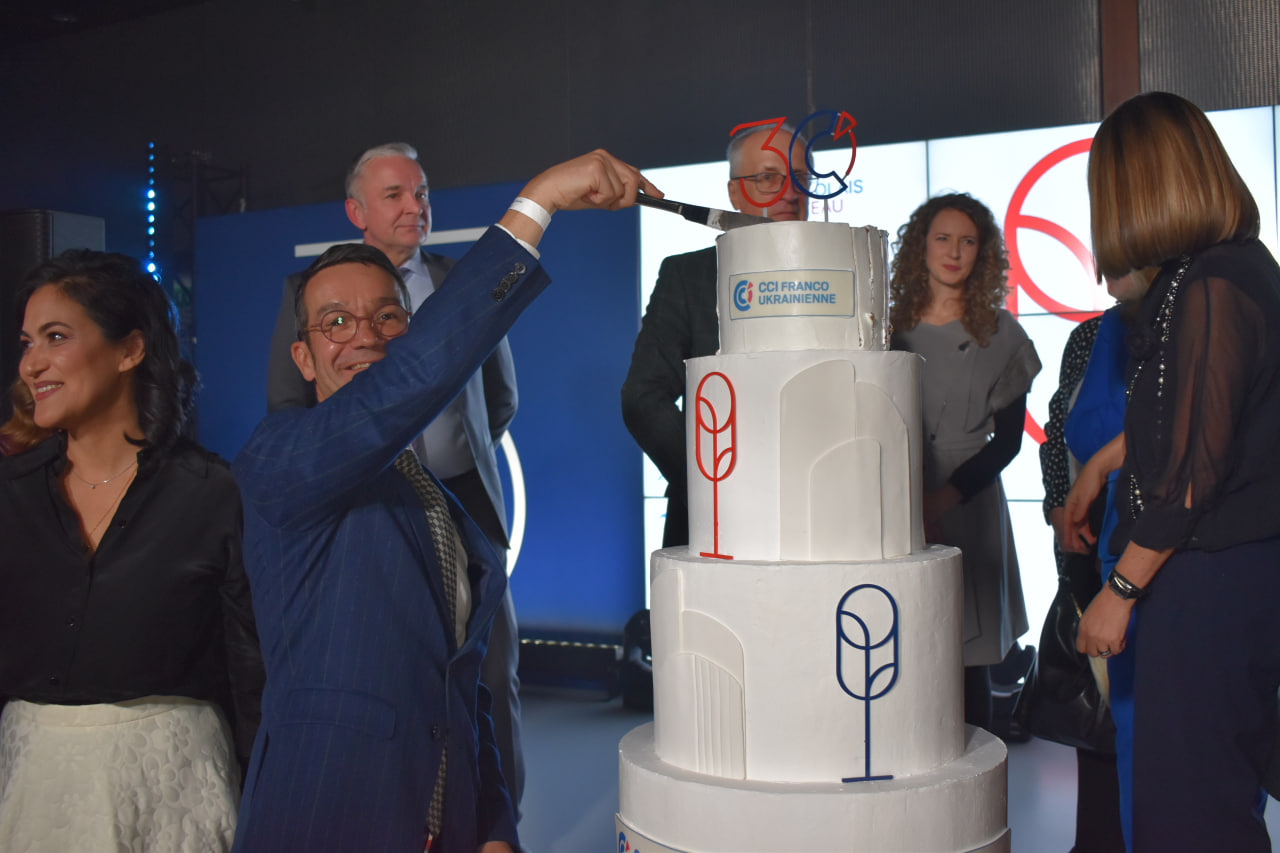
Every year, on the third Thursday of November, all of France celebrates Beaujolais Nouveau, a festival of young wine that marks the end of the grape harvest and the beginning of a new wine year.
At this time, in the small Beaujolais region, located in the north of Lyon, one of the first grapes to ripen is the Gamay variety, which is black with white flesh.
Beaujolais nouveau wine is different from other wines in that it goes on sale immediately after the fermentation process, six weeks after harvest, and is stored for no more than six months. The tradition of this celebration was born in 1951.
The Franco-Ukrainian Chamber of Commerce and Industry in Ukraine (Chambre de commerce française en Ukraine, CCIFU) is a non-profit association designed to promote the growth of French companies’ investments in the Ukrainian economy and create favorable conditions for the development of French companies present on the Ukrainian market or wishing to start their business in Ukraine.
The Franco-Ukrainian Chamber of Commerce and Industry in Ukraine unites more than 130 companies from the agricultural sector (Limagrain[en], Euralis, Mas Seeds), banking (Credit Agricole, Ukrsibbank), automotive industry (Renault, Michelin), machine building (Schneider Electric), hospitality (InterContinental Kyiv), tourism and entertainment (France Groupe, Club Med), healthcare (Sanofi), transportation (Air France), trade and other services (Auchan, L’Oreal, Chanel, Danone, Lactalis, Leroy Merlin).
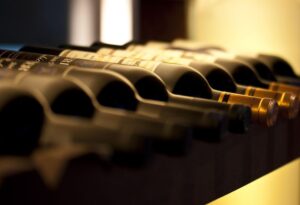
Wine production in the European Union will decline by about 3% this year due to unfavorable weather conditions and rising costs, agricultural lobbying group Copa-Cogeca predicts.
Wine production in the EU this year will amount to about 144 million hectoliters (hl), the group said in a press release.
Italy is expected to become the largest wine producer in Europe with 41 million hectoliters (up 7%), Spain will take second place (38.1 million hectoliters, up 18% year-on-year), and wine production in France will fall by 22%, which will cause the country to fall back to third place with 37.4 million hectoliters.
The outgoing year was marked by unpredictable weather and the effects of recent droughts in Europe, the report says. Meanwhile, vineyard diseases have become less of a problem than in 2023, experts say. In addition, rising prices for glass, gasoline, transportation services and fertilizers have significantly increased producers’ costs, and high interest rates have made it difficult to access the loans needed to grow the business.
“The European wine market is going through a difficult time, affected by high production costs and the situation on international markets,” said Luca Rigotti, head of the Wine Working Group at Copa-Cogeca. – “However, I am confident in the resilience and entrepreneurship of our farmers.